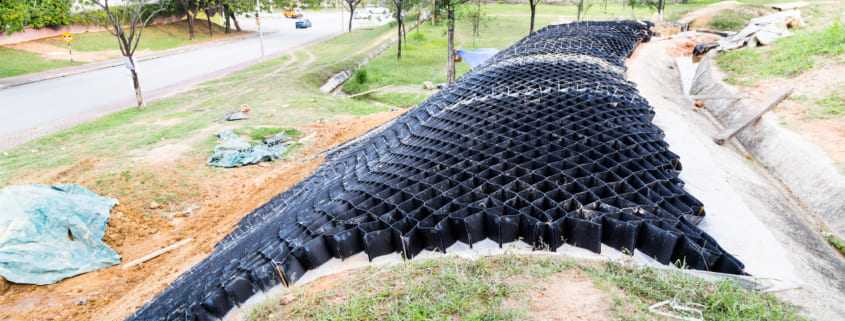Fencing your fields is an essential aspect of managing a property, whether it’s for agricultural, livestock, or aesthetic purposes. A well-planned fence not only secures your boundaries but also enhances the usability of your land. Here’s a comprehensive guide to help you get started on fencing your fields effectively.
1. Determine the Purpose of the Fence
Before diving into fencing, clearly define its purpose. Are you aiming to keep livestock in, protect crops from pests, or simply mark property boundaries? The purpose will greatly influence the type of fence you need. For instance, livestock fencing requires durability and specific heights to contain animals such as horses, cows, or sheep, whereas decorative fences might focus more on design and less on robustness. If installation involves heavy-duty tasks, look for a post hole digger earth auger for sale to make setting fence posts easier and more efficient.
2. Understand Local Regulations
Before beginning any fencing project, it’s crucial to be aware of local zoning laws and regulations. This includes height restrictions, boundary rules, and any specific fencing requirements for wildlife protection. Additionally, if you share boundaries with other properties, you might need to discuss your fencing plans with neighbors to avoid any disputes.
3. Choose the Right Materials
The choice of materials can significantly affect both the cost and longevity of your fence. Common fencing materials include:
- Wood: Classic and versatile, wood fencing can be custom-built in various styles but requires regular maintenance to prevent rot and insect damage.
- Wire: Ideal for livestock, barbed wire, and woven wire fences are cost-effective and durable. For smaller animals, consider a tighter mesh to prevent escape.
- Vinyl: Vinyl fencing is durable, requires minimal maintenance, and can mimic the appearance of wood.
- Metal: Options like aluminum and steel (including chain link) are durable and provide a high level of security but can be more expensive.
4. Plan the Layout
Carefully plan the layout of your fence. Use a detailed map of your land to determine the exact boundary lines and note any natural features that could affect fence placement, such as bodies of water, hills, or large rocks. Planning should also include gate placement for easy access and egress, which is crucial for both operational efficiency and emergency situations.
5. Tools and Equipment
Having the right tools and equipment is vital for efficient fence installation. Basic tools include post hole diggers, hammers, wire stretchers, and pliers. You may need more robust equipment like a post driver or auger for larger projects. Renting heavy equipment can be a cost-effective option if you do not anticipate frequent future use. That said, it’s often best to leave this kind of work to the professionals; it saves you time, effort, and potential headaches. A quick online search for something like “Fencing Contractor Near Me” can help you find some of the best local experts. From there, you can compare options and choose the one that fits your needs best.
6. Installation Tips
- Setting Posts: Ensure posts are set deep enough into the ground (typically about one-third of their height) to withstand weather and pressure. Using concrete to secure posts can provide additional stability, especially in loose soil.
- Attaching Rails or Panels: For wood or vinyl fencing, attach rails or panels between posts. Ensure they are level and evenly spaced.
- Stretching Wire: For wire fencing, ensure the wire is taut between posts to prevent sagging and provide maximum containment.
7. Maintenance
After installation, establish a routine maintenance schedule. Regularly check and repair any loose, damaged, or worn sections of your fence. For wood fences, periodic staining or painting is necessary to protect against weathering.
Conclusion
Fencing your fields requires thoughtful planning and execution. By determining the purpose of your fence, understanding local regulations, selecting appropriate materials, and following proper installation procedures, you can build a fence that meets your needs and lasts for years. Regular maintenance will further extend its life and functionality, ensuring that your property remains well-protected and attractive.






